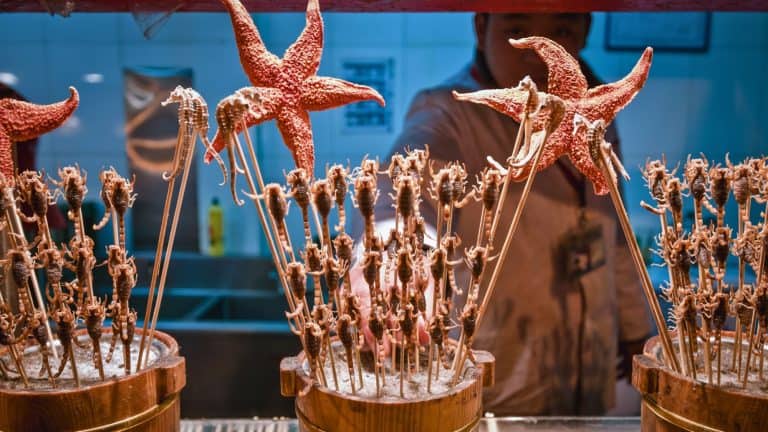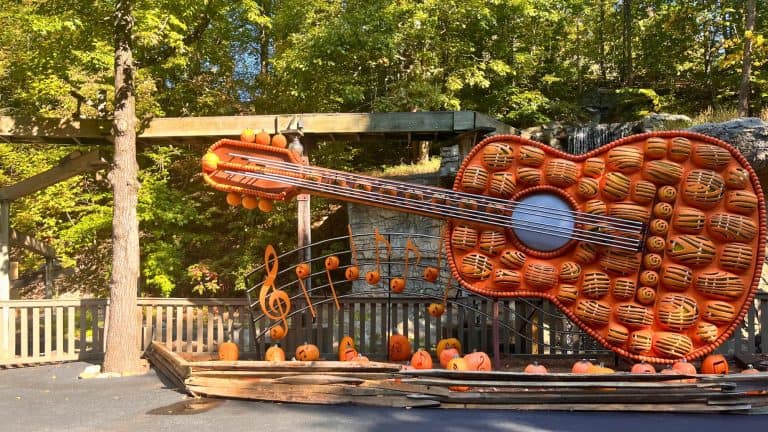Found By Accident contains affiliate links and is a member of the Amazon Services LLC Associates Program. If you make a purchase using one of the Amazon links (or other affiliate links), we may receive compensation at no extra cost to you. See our disclosure policy for more information.
The Dark Side Of Paradise: Islands With Spooky Legends
You love a good island daydream. Clear water, warm wind, palms tracing lazy arcs across the sky. Now add a flicker at the edge of the scene. A drumbeat you can’t place. A ruined stairwell that leads to nowhere.
Islands look simple, yet their histories run deep, and some of the best beaches share shorelines with stories that raise goosebumps. But that tension is part of the draw this time of year. You can chase the sun by day, then lean into lantern-lit lore after dusk. Halloween season just gives you permission.
Guides speak in low tones. Waves slap old seawalls, then fall quiet, as if holding something back. But none of this is about jump scares; instead, it’s about how beauty and unease can share the same map.
Below, we’re sharing islands where legends refuse to die. Marching spirits in Hawaii. A cute rabbit haven that once made poison. Venice’s off-limits patch of plague history.
Evidently, even the world’s most dazzling islands keep secrets worth hearing.
The Allure Of Islands And Their Myths
If a mainland is a conversation, an island is a whisper. Water creates distance, and distance breeds mystery.
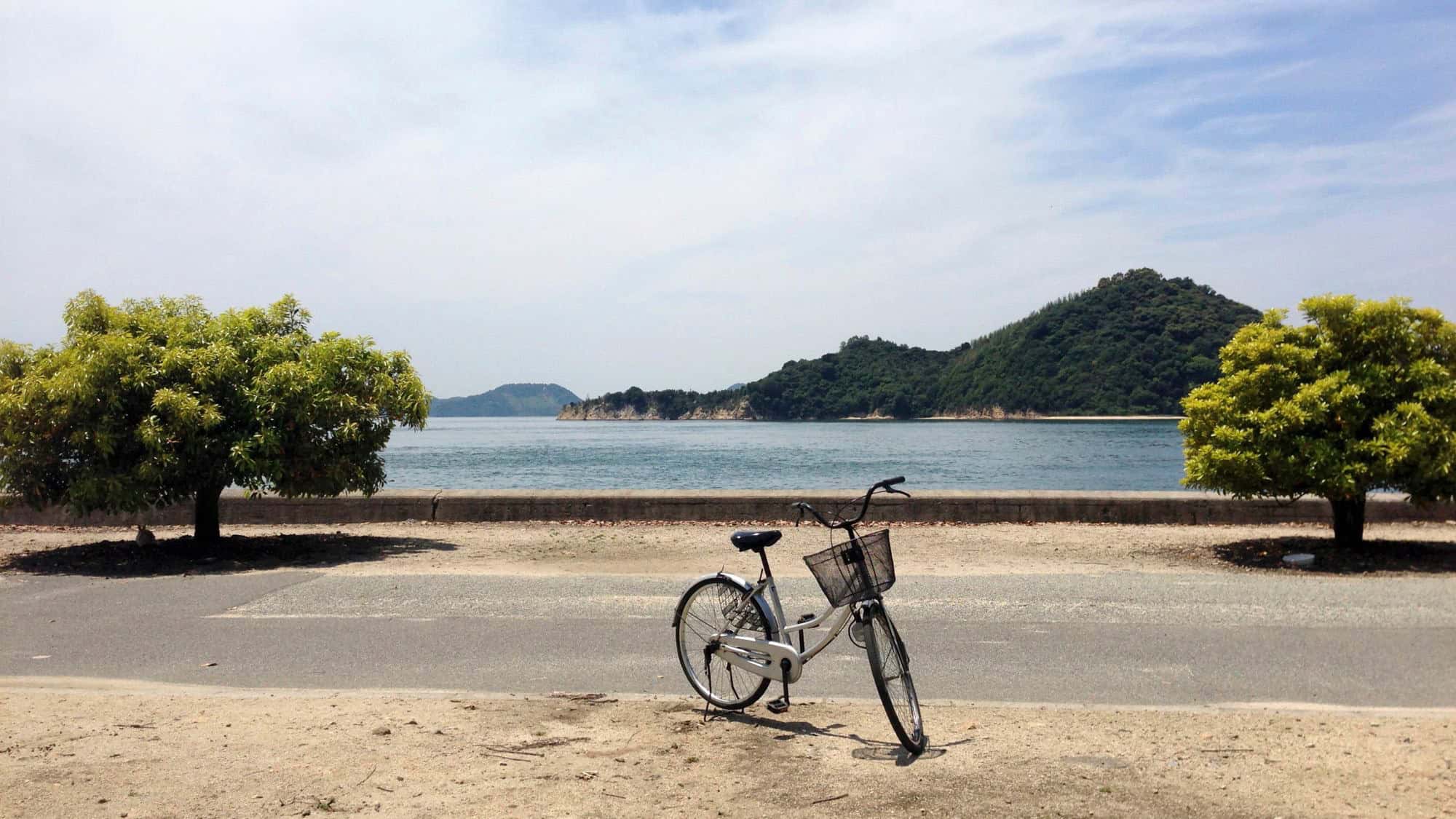
Ships go down in storms. Footpaths cross sacred ground. Old rituals outlast empires. You step off a boat, and the atmosphere changes, which is why folklore thrives in places with clear boundaries.
Travelers love to lean in, too. Book a snorkel trip, then add a night walk or a storytelling tour because the full picture is more satisfying than a single photo.
In Hawaii, for example, ghost-tour companies thrive thanks to strong oral traditions and respect for the islands’ past, with outfits like Mysteries of Hawaii drawing national attention for storytelling that blends culture and chills.
5 Intriguing Islands With Dark Pasts
From Japan to Venice, these pretty shores hide legends that linger after dark.
1. Hawaii. Spirits That Never Rest
You’ll hear the Night Marchers before you see them, or so the moolelo goes. The huakaʻi po are said to be spirits of warriors moving along ancient routes at night. And the signs are consistent in modern retellings. Torchlight in a line. Distant drums. A conch shell calling through the dark.
Protocol matters. If they cross your path, you show respect, keep still, and look away. Many locals still pass these rules down, and some nights tied to the Hawaiian calendar are considered more active than others.
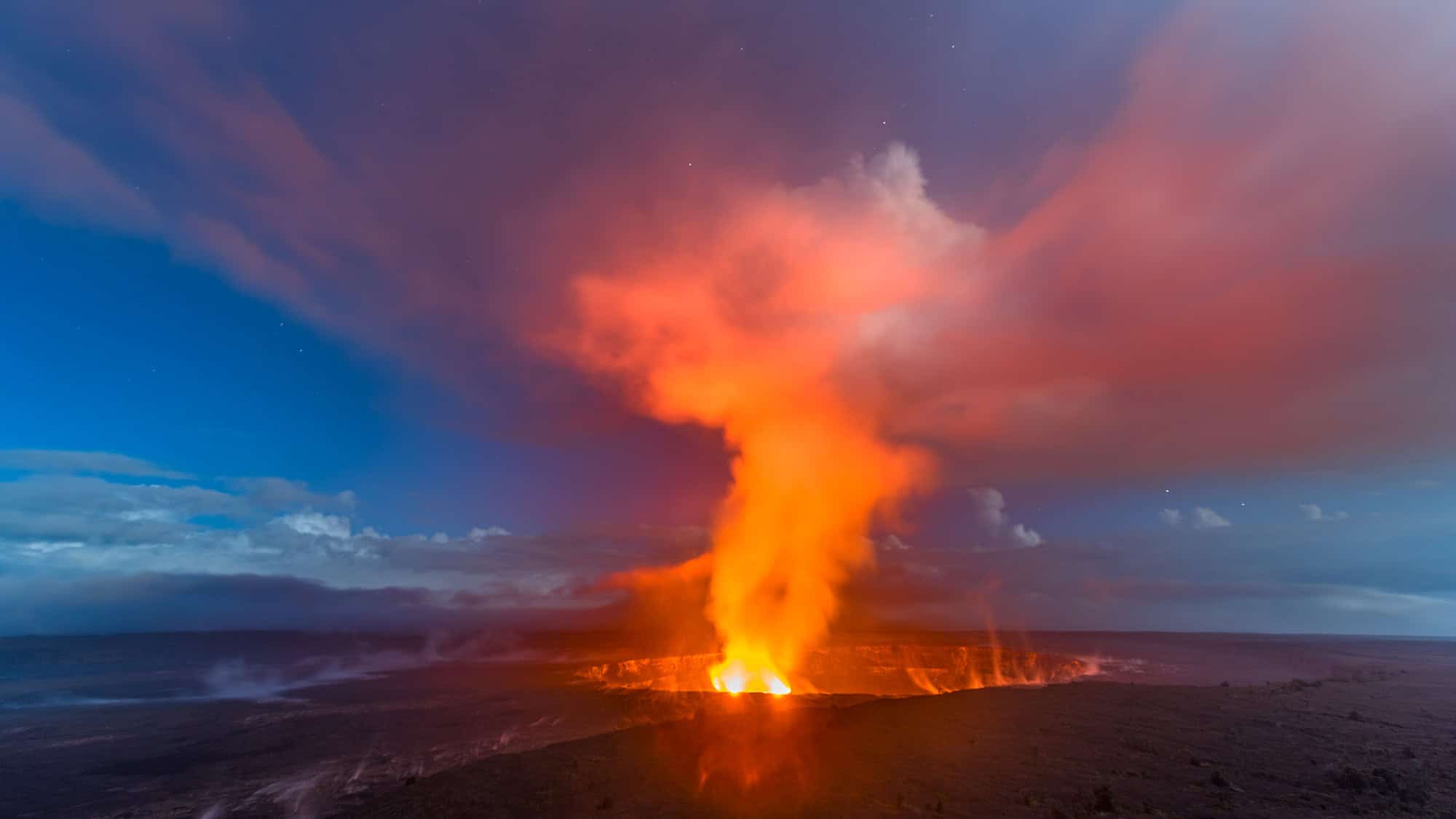
The point is simple. These are not theme-park ghosts. This is cultural memory, carried with seriousness even when visitors treat it like a story.
If you want beautiful landscapes with your legend, Oahu delivers.
Nuʻuanu Pali Lookout offers a jaw-dropping pass between windward cliffs and Honolulu. It’s also the place where enemy warriors went over the cliffs in 1795. It was a turning point during Kamehameha I’s campaign to unite the islands, and local lore often links the area to sightings.
Head far west and you reach Kaena Point, a wild coastline where the road ends and seabirds guard the headland. Go in daylight for the views. Save the talk of processions for later, and treat any heiau or burial ground with care.
History and respect come first, always. The ghost story is an echo.
2. Okunoshima, Japan. The Island Of Rabbits And Poison
Okunoshima looks like a children’s book at first. Hundreds of tame rabbits nose your shoes, and the ferry ride feels playful.
Then the context lands. From 1929 to 1945, the Imperial Japanese Army ran a secret chemical weapons program here. Production included agents such as mustard gas.

The postwar years layered on a quiet that let rumors grow, but today you can step into the small Poison Gas Museum and read the hard facts. Concrete ruins dot the brush. Signs warn you off unsafe structures.
That contrast is the island’s signature. Gentle ears in the grass. Heavy history in plain sight.
You’ll hear different theories about the rabbits. The popular myth says they escaped from wartime labs. But museum notes and recent summaries point instead to rabbits released after the war when the island shifted toward recreation, which explains the friendly behavior and fast population growth.
Either way, you get a rare pairing. A soft, photogenic loop trail. A sobering museum hour that gives your visit weight. Feed lightly, tread carefully, and make space for what happened here.
3. Poveglia, Italy. Venice’s Forbidden Island
Venice has a talent for beauty and ruin living side by side, and nothing proves it like Poveglia. The low bell tower and overgrown brick appear as you pass through the lagoon.
For centuries, the island served as a plague quarantine station, then later housed a hospital complex that closed in 1968. The result is an off-limits place with a reputation that grows every year you can’t simply visit.

Locals trade rumors. The place decays within view of one of the world’s most romantic cities. That contrast keeps travelers curious. So you might hop on a boat and glide past to see it framed by the city’s soft light, which makes the backstory feel even heavier.
But there’s a new chapter unfolding. A grassroots group, Poveglia per Tutti, has secured a lease to restore a portion of the island as a public green space for Venetians. Plans focus on conservation and controlled access rather than more crowds.
For you, that means Poveglia remains a look-but-don’t-land icon unless you’re on an authorized visit tied to the project. Instead, ask your guide to point it out as you cruise past, then sink into Venice’s layered beauty with a little more context than you had an hour ago.
4. Hashima Island, Japan. The Ghost City Of The Sea
Nine miles off Nagasaki sits a concrete silhouette that doesn’t look real until you get close. Hashima, better known as Gunkanjima (or Battleship Island), once housed thousands of coal miners and families on barely 16 acres.
Apartment blocks rose like cliffs, and sea walls kept typhoons at bay. But when the mine closed in 1974, everyone left, and the island froze in time.
Windows gaped. Stairwells cracked. Weeds began their slow takeover. Today, it’s an icon for photographers and urban-history fans chasing stark, sea-bound architecture.

Tours run from Nagasaki, and landings depend on the weather. Local operators say conditions are good enough to step ashore roughly a hundred days a year. On other days, you circle and take in the view from the deck.
If you do make it onto the pier, you’ll stick to designated walkways for safety. Bring water. Leave the umbrella. The wind has a mind of its own out there.
The whole experience tells a bigger story about boom and bust, and how fast a dense city can turn into a cautionary tale once the paychecks stop.
5. Isla De Las Munecas, Mexico. The Island Of The Dolls
South of Mexico City, the Xochimilco canals carry you past chinampas, bright trajineras, and marigolds, then into something stranger.
You pull up to a small island and notice dolls strung from branches. Some are sun-bleached. Some are missing limbs.
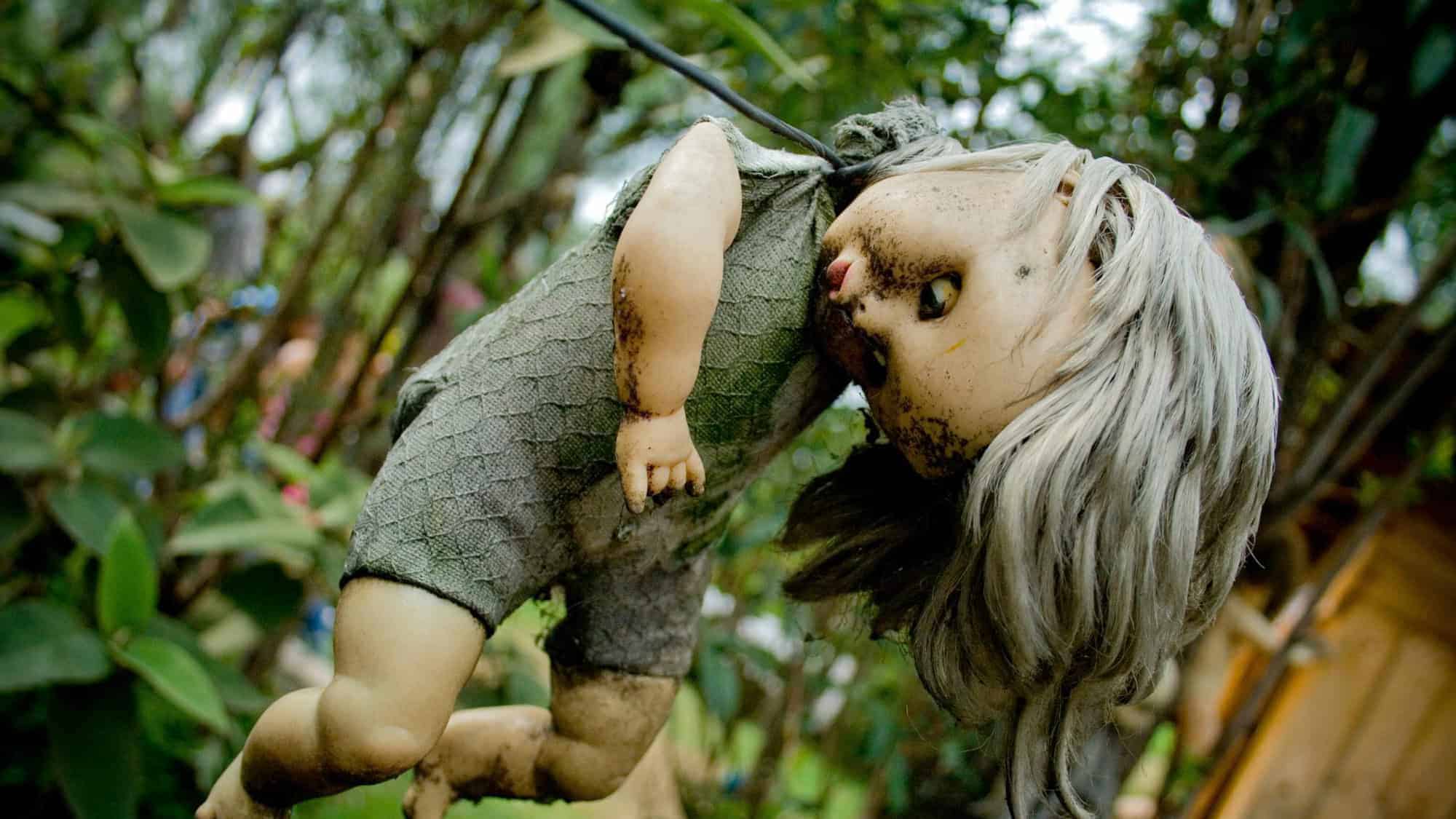
The legend centers on Don Julian Santana Barrera, a caretaker who began hanging dolls to honor a drowned girl and calm restless energy on the water. Over decades, the collection multiplied, and the atmosphere settled into a quiet that can feel heavier than any scripted haunted house.
It’s a commitment to reach. Ask for Embarcadero Cuemanco or another recommended launch point, agree on a route, and expect a long ride through the ecological reserve.
The site now holds a Guinness World Records nod for the largest collection of “haunted dolls,” which tells you how far the story has traveled.
Arrive with patience, leave time for the return, and remember that for locals, this isn’t a prank. It’s part of the living culture of Xochimilco’s waterways.
Why We Seek Out Haunted Islands
So why pair your beach day with a shiver? Curiosity, for one. You want the whole picture. A sunny cove just lands differently when you know the history under the sand.
There’s a dose of safe fear too, the kind you can step away from when the boat heads back.
Most of all, these stories connect you to people and places. Respecting Night Marcher paths is a way of respecting Hawaiian culture. On the Island of the Dolls, a canal ride becomes a lesson in how legends evolve.
At the end of the day, go for the beaches and the blue water. But leave room for the shadows, too. Learn the lore, listen to locals, and tread lightly. Paradise can handle a bit of dark history, and your trip will be richer for it.
Like Our Content? Follow Us On MSN (or click the Follow Button above) to see more from Traveling In Focus.

